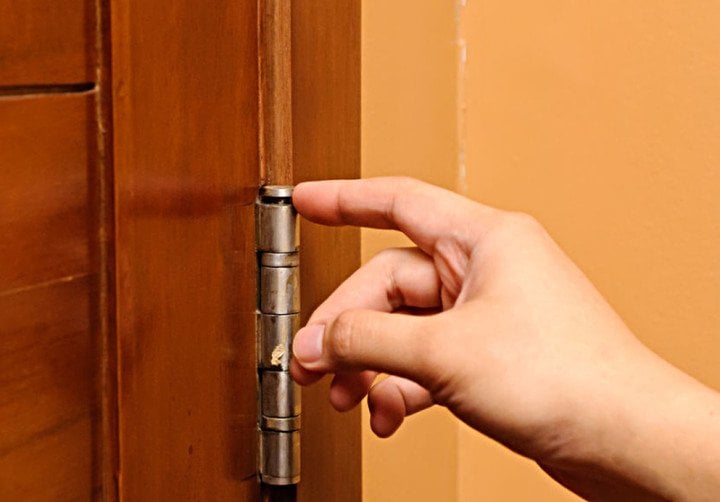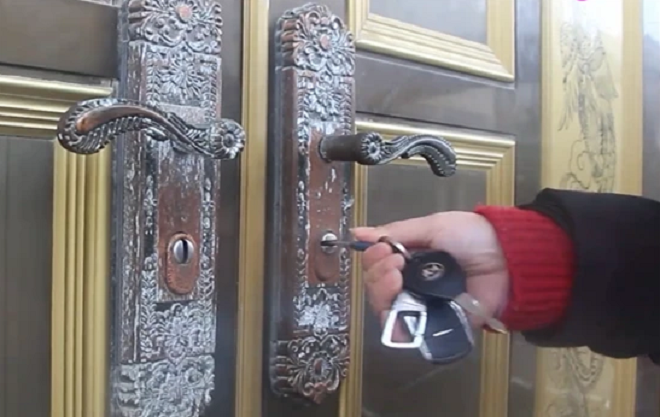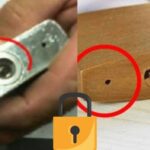A home is incomplete without doors. They separate living spaces within a house, creating a boundary between the inside and outside world, and ensuring privacy for the inhabitants. Doors provide protection from the sun, rain, and wind, reduce outside noise, and enhance security by deterring burglars.

However, over time, your door may start to creak from its hinges. This is often due to a lack of regular lubrication, causing the hinges to dry out and rust from exposure to the elements. The resulting creaking can be annoying and frustrating for those living in the house.
A simple solution to this problem is to use cooking oil as a lubricant. Take a cotton swab, dip it in the oil, and apply it to the hinges. Open and close the door a few times to allow the oil to work its way into the hinges. Repeat this process as needed until the creaking stops. Afterward, use a piece of paper or a clean cloth to wipe away any excess oil on the door, frame, and adjacent walls to prevent dirt buildup.
Alternatively, you can use machine oil, which serves the same purpose. If, after oiling the hinges, the door still creaks, the issue may be due to misaligned hinges or a sagging door. In this case, adjust the hinge plates back to their original position.

If the door is sagging, remove it from the hinges and add a spacer on each side of the hinge or replace the hinges altogether. If the sagging is severe, it’s best to call a professional to avoid further damage to the door.
Hinges aren’t the only part of a door that can cause issues; locks are also prone to rusting over time, making them difficult to turn. If left unattended, the entire lock mechanism could fail, requiring a costly replacement.
Note: Avoid using animal fats like lard or chicken fat as lubricants, as these will solidify in colder temperatures, leading to a messy key and lock.
*According to Xe và thể thao*
“Old Wisdom, New Perspective: Preserving Legacy Beyond Wealth”
“Wealth and poverty are not permanent states, but the impact of one’s actions can be. The ancient proverb, ‘the poor don’t fix their doors, while the rich don’t move their ancestors’ graves,’ highlights a profound insight into the contrasting behaviors of the wealthy and the impoverished. It suggests that those with limited means tend to neglect even the most basic maintenance, while the affluent hold tightly to their roots, even in death.”
The Ultimate Guide to Unlocking the Secrets of the Keyhole: What’s the Purpose of that Tiny Hole?
The small hole alongside the keyhole on a padlock serves a significant purpose. It is not merely an aesthetic feature but a functional one, integral to the operation and maintenance of the lock. This subtle detail often goes unnoticed, yet it plays a pivotal role in the overall functionality and longevity of the locking mechanism.




































